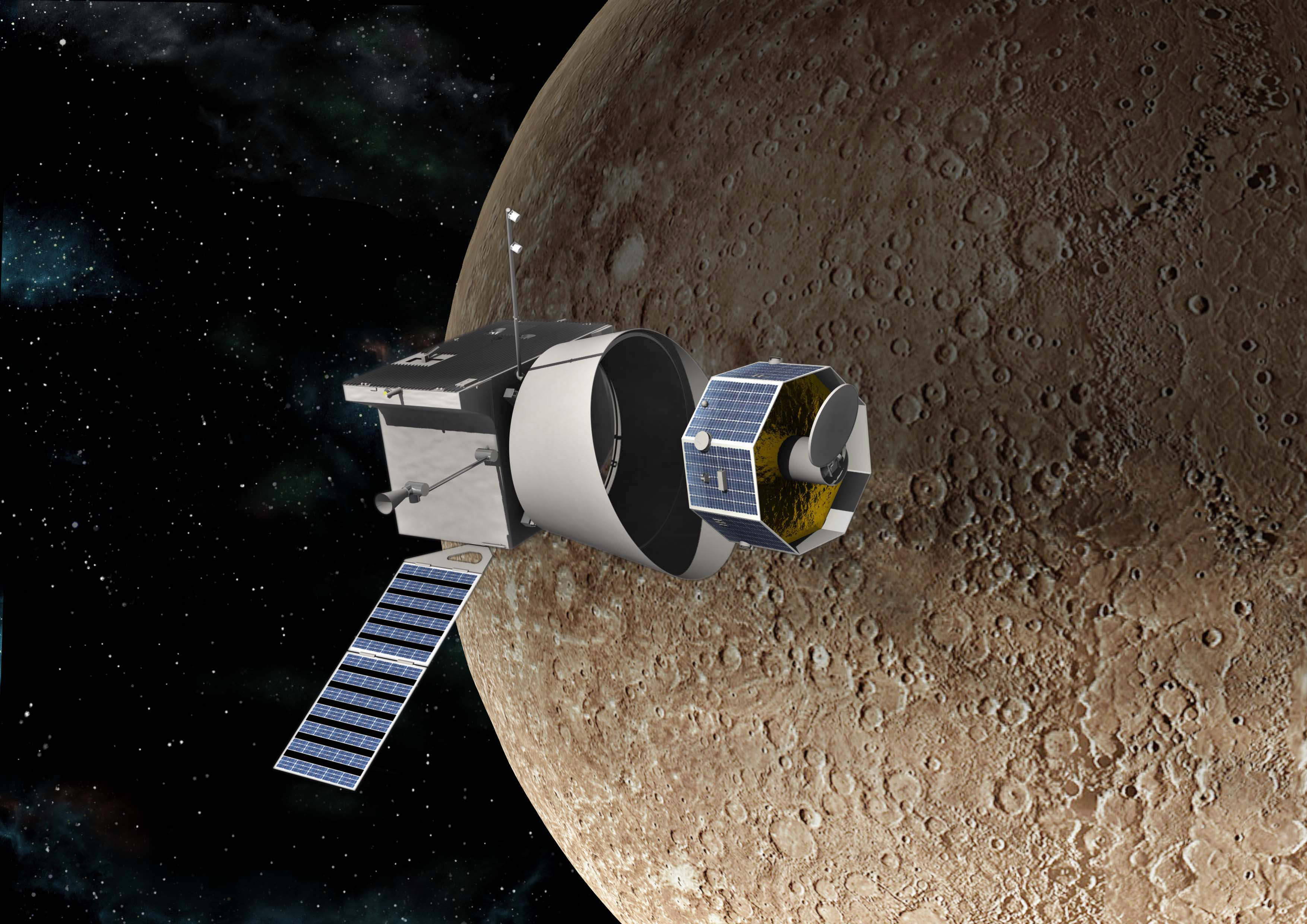The hunt for extrasolar planets has revealed some truly interesting candidates, not the least of which are planets known as “Hot Jupiters.” This refers to a particular class of gas giants comparable in size to Jupiter but which orbit very closely to their suns. Strangely, there are some gas giants out there that have very low densities, raising questions about their formation and evolution. This is certainly true of the Kepler 51 system, which contains no less than three “super puff” planets similar in size to Jupiter but is about one hundred times less dense.
These planets also go by the moniker “cotton candy” giants because their density is comparable to this staple confection. In a recent study, an international team of astronomers spotted another massive planet, WASP-193b, a fluffy gas giant orbiting a Sun-like star 1,232 light-years away. While this planet is roughly one and a half times the size of Jupiter, it is only about 14% as massive. This makes WASP-193b the second-lightest exoplanet observed to date. Studying this and other “cotton candy” exoplanets could provide valuable insight into how these mysterious giants form.
Continue reading “Astronomers Discover the Second-Lightest “Cotton Candy” Exoplanet to Date.”










